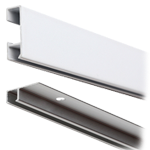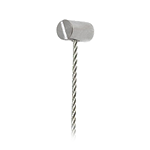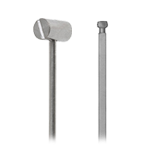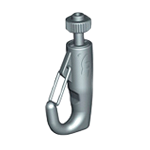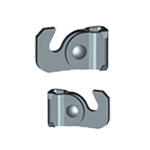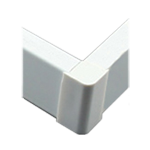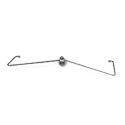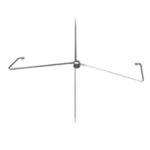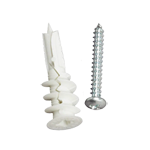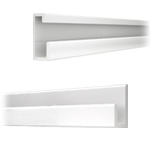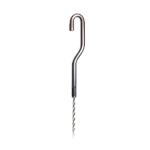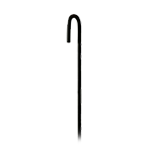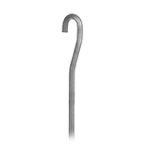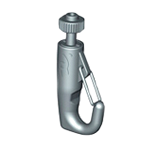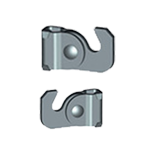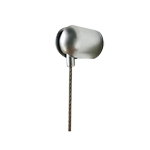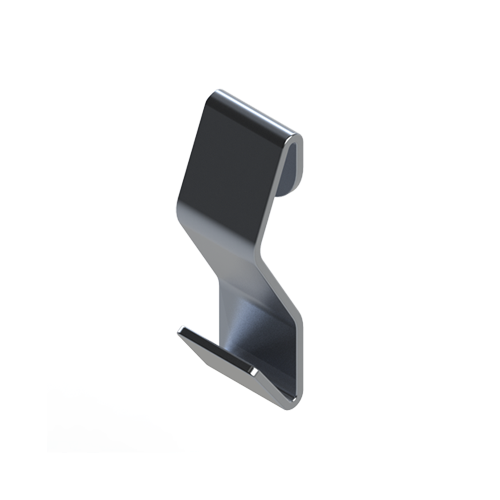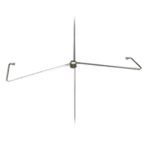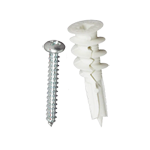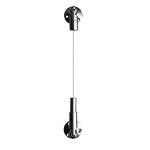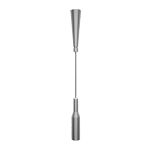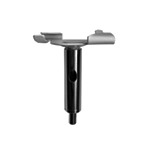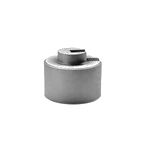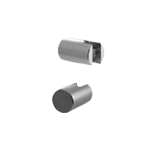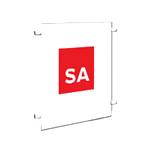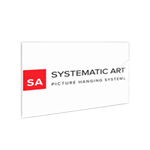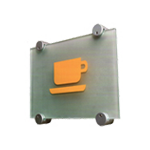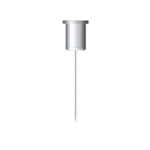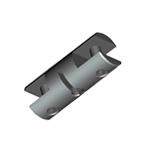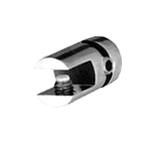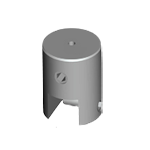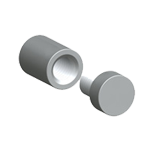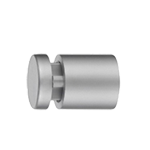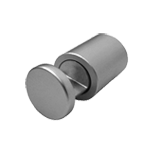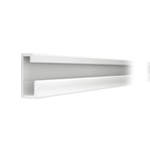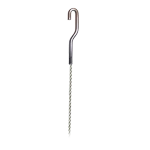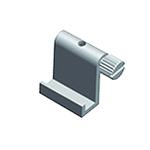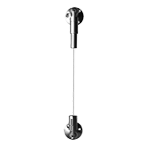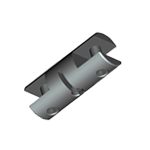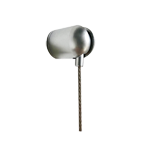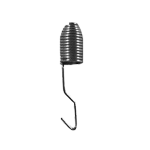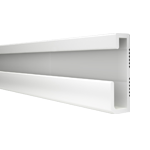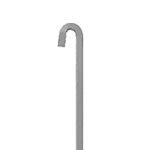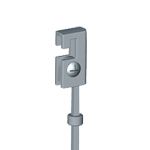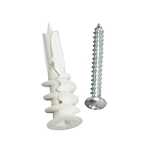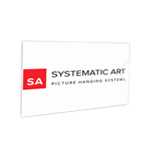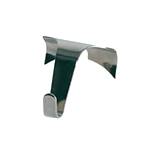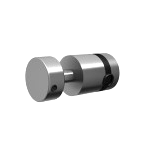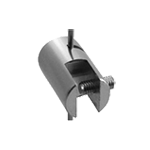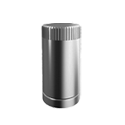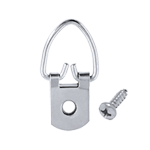How to Install Two of the Most Frustrating Art Display Configurations
As fun as it is to plan and design an art display, it can sometimes be a real pain to transform ideas into reality. Some designs look better on paper, sometimes you find out you don't like the way it looks a little too late, or you might step back after meticulously measuring everything and realize something went crooked along the way. Here are some common problems and how to solve them:
1. Creating grids:
Tight-knit grids show every potential flaw, and grids with more pictures (like three by three grids and three by four displays) have some pictures with three hundred sixty degrees of potential crookedness. Frames that touch or aren't perfectly symmetrical can range from highly visible to a problem you just notice one day and can't forget. Install a hardware system that lets you ratchet a grid according to your pictures' dimensions but doesn't allow for in-between crookedness.
2. Making asymmetrical displays:
It doesn't have to be symmetrical to look good. Having clusters of smaller pictures around a larger photograph can be a great way to complete the look of a room, especially if the wall is already partially devoted to a television or you have a completely blank section of wall next to the sofa. But asymmetrical displays are subject to a lot of change: the color balance for one selection of photos might be perfect, but once you start switching out photos for newer snapshots, it can look a bit off. Find hardware that creates a base of adjustable supports and hooks. With the right hardware, you can adjust, mix and match, and completely alter the display without making new holes in your wall or having to do a lot of measuring. It leaves all of the fun parts of redoing art displays and takes away the frustration.
Go to Systematic Art to find art display systems, like tension cables and ceiling mounts, that give you the right foundation for your display.

